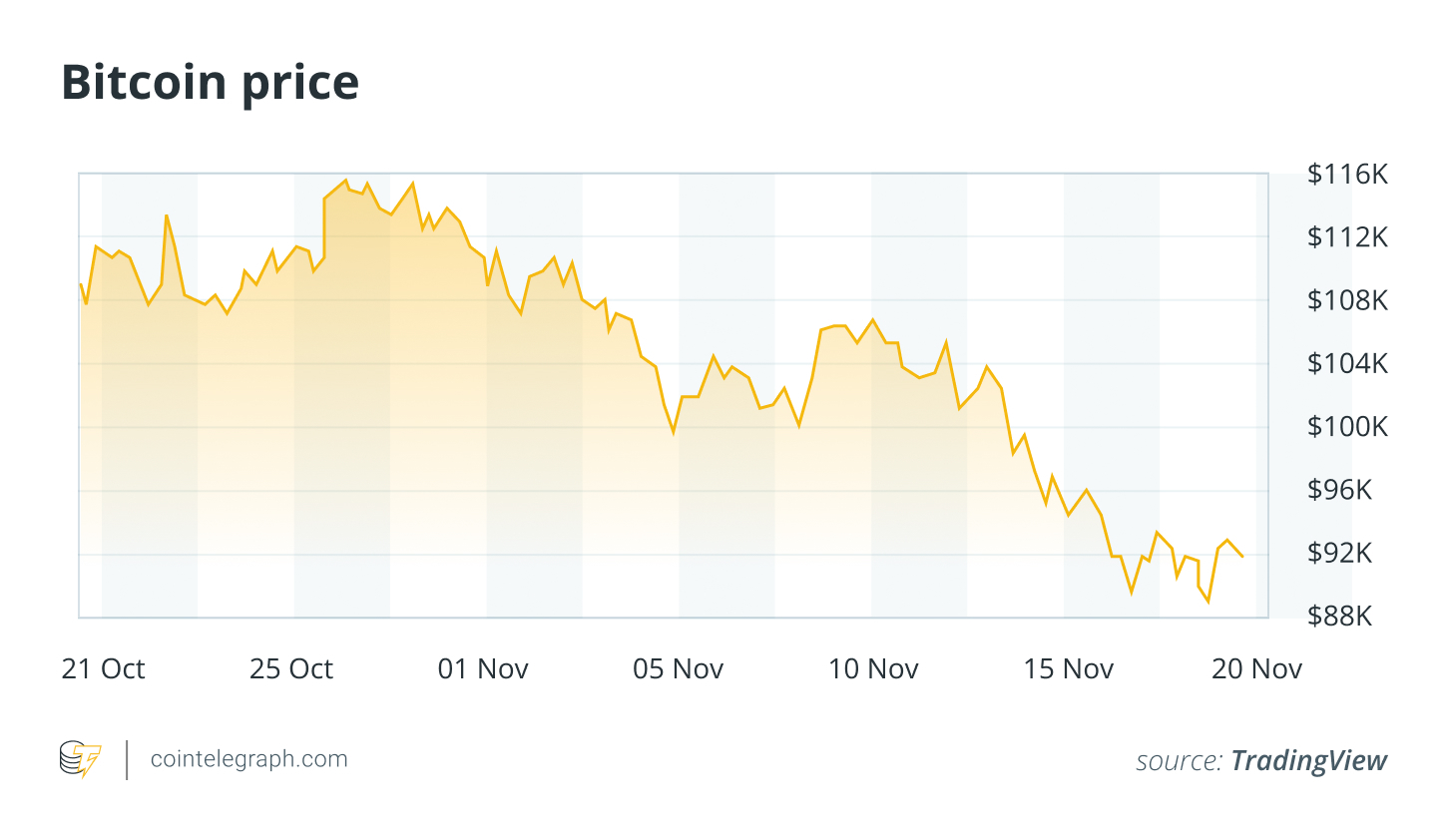Author: Marcel Deer
Translated by: Tim, PANews
What are Bitcoin CME Gaps?
CME gaps refer to price discontinuities that occur on the CME Bitcoin futures chart when the price of Bitcoin changes between the Friday closing price and the Monday opening price. Due to the continuous fluctuations in Bitcoin prices during the weekend when the CME is closed, the chart will show this gap when trading resumes. These gaps often attract significant market attention because they typically get filled after the market reopens.
Let's look at an example. If Bitcoin's closing price on Friday at CME is $109,880, and the price rises over the weekend, the market might open on Monday at $110,380. This creates a gap of $500.
Since there is no trading activity during this period, it appears as a blank area on the chart.
CME gaps are mainly divided into two categories:
- Upward gap: This occurs when the Monday opening price of Bitcoin is higher than the Friday closing price, indicating buying pressure over the weekend.
- Downward gap: This occurs when the Monday opening price of Bitcoin is lower than the Friday closing price, indicating selling pressure over the weekend.
Why are Bitcoin CME Gaps Important?
CME gaps are merely blank areas on the chart, but why are they significant for traders?
First, CME Bitcoin futures are a primary channel for institutional investors, hedge funds, pension funds, and other traditional financial participants. Unlike traditional crypto exchanges, these institutions can invest in Bitcoin safely and compliantly in a regulated environment like CME.
This is due to CME being regulated by the U.S. Commodity Futures Trading Commission, providing a clear legal framework for large institutions. Since CME Bitcoin futures are cash-settled, investors do not need to hold or manage physical Bitcoin directly, thus avoiding risks related to asset custody and private key management.
Moreover, as a long-established derivatives trading platform, CME's business scope extends far beyond cryptocurrencies. Institutions are already familiar with CME's operational mechanisms, and the liquidity advantage further helps investors execute large trades efficiently.
How Do CME Gaps Affect BTC Price Movements?
When significant funds are involved, CME gaps can present opportunities for market veterans. These gaps help understand past market performance and assist traders in making short-term price judgments.
BTC often fills these CME gaps within a relatively short time, which may trigger several chain reactions:
When the CME market reopens and liquidity returns, price corrections may occur.
CME gaps can serve as strong support or resistance levels, helping traders effectively identify potential breakout or rebound zones.
If BTC fails to quickly fill the gap, it may indicate strong momentum in the opposite direction. When the price moves away from rather than towards the gap, it warrants close attention.
Recent Examples of CME Gaps
Since this phenomenon occurs every weekend, CME gaps appear frequently.
Here’s an example:
On November 18, 2025, Bitcoin filled the anticipated $92,000 CME gap. Analysts noted that after the gap was filled, BTC's short-term downside potential seemed limited.
This is because the gap was filled almost immediately after the market opened, indicating that after a week of downward selling pressure, the market may have formed a support area.
While nearly instantaneous gap fills can provide traders with clearer direction, such rapid market reactions do not always occur.
For instance, on July 25, 2025, a significant $1,770 gap appeared when the CME Bitcoin futures market opened on Monday, but this gap remained unfilled for over 16 hours.
This rare delay in filling the gap raised concerns among traders about the market, creating psychological pressure for both institutional and retail investors, and increasing uncertainty in investment decisions.
In short, this gap adds extra risk, making Bitcoin's short-term volatility harder to predict.
How to Trade Using Bitcoin CME Gaps?
If CME gaps can provide some effective market information, they can serve as a reference for trading decisions.
The first step is to identify the gap. This requires looking at the CME Bitcoin futures chart to locate the price gap.

Bitcoin Price Snapshot
Based on the chart, traders can usually find clues about price direction:
- When BTC price is above the gap, some traders will watch for signs that the price may pull back to the gap.
- When BTC price is below the gap, they may look for signals indicating whether the price will move up to fill the gap.
These are merely commonly observed phenomena rather than guaranteed outcomes. It is important to note that all trading carries risks, and actual movements may vary due to the overall market environment.
In any trading strategy, risk management is crucial, and many traders incorporate position sizing and stop-loss settings as essential components of their overall strategy.
Three Additional Factors to Consider:
- Gap Size: Larger gaps may create wider price ranges, which some traders find important when assessing market behavior.
- Volume: Larger gaps typically require higher trading volume to support price movements, thereby reducing the likelihood of trend reversals.
- Market Environment: In a choppy market, the probability of gap filling is usually higher; whereas in a strongly trending market, gaps may take longer to fill.
Traders need to be aware that while over 98% of gaps eventually get filled, the time frames vary. Some gaps may fill within hours, while others may take months. For example, a gap between $78,000 and $80,700 that appeared in November 2024 took nearly four months to fill.
免责声明:本文章仅代表作者个人观点,不代表本平台的立场和观点。本文章仅供信息分享,不构成对任何人的任何投资建议。用户与作者之间的任何争议,与本平台无关。如网页中刊载的文章或图片涉及侵权,请提供相关的权利证明和身份证明发送邮件到support@aicoin.com,本平台相关工作人员将会进行核查。




